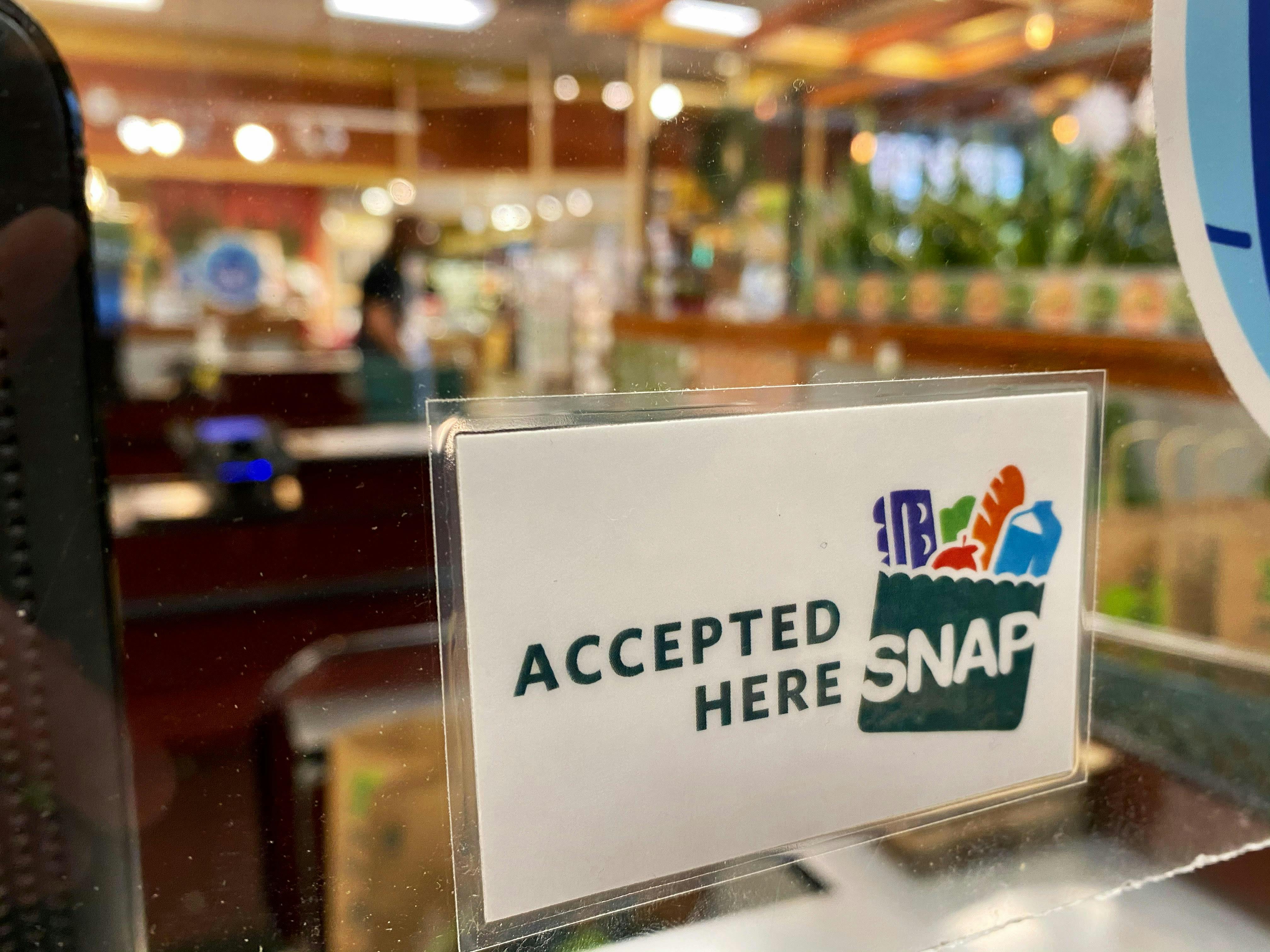Being Awake While You Are Alive: Part One
By Parke Sterling, LPC
“An average human looks without seeing, listens without hearing, touches without feeling, eats without tasting, moves without physical awareness, inhales without awareness of odor or fragrance, and talks without thinking.”
- Leonardo Da Vinci
I have to admit, I felt a slight sense of writer’s block coming on when I thought about writing this blog. After all, what could be written about presence or mindfulness that hasn’t already? There are countless books and multiple magazine outlets solely devoted to the topic.
You have probably heard that it’s good for us; that people who practice mindfulness experience less stress, anxiety and depression; that they are better equipped to regulate their behaviors and respond to their emotions; and that they experience overall higher levels of well-being. They also have physical improvements such as weight loss, improved sleep and stronger pain tolerance.
However, I feel that mindfulness often remains this vague concept for many of us as we attempt to “be mindful,” but have this nagging sense that we “aren’t doing it right.”
And what the hell is wrong with us anyway? Why is it that as we drive to work, we are thinking about our first task of the day? Then when we start this task, we are thinking about lunch. Then when we are eating lunch, we are thinking about whether we did the first task right or reviewing our options for dinner. On and on this goes, until we get home, go to bed and dream of being elsewhere while we sleep. Madness!
Or maybe not. Like most human quirks, looked at through the lens of evolutionary psychology, we can see this tendency as a probable human adaptation as opposed to a moral failing. And who doesn’t need one more good excuse to let ourselves off the hook for something?
Think back to the savannah 150,000 years ago or in your favorite episode of Lost, if you prefer. You are far from camp, you have secured food, you are hunched over your meal and you know that there are scavengers about, most bigger, stronger and faster than you. Is this an occasion for mindful eating — slowly chewing your food and giving your full attention to each bite? Not if you don’t want to be mindfully eaten yourself!
You will be scanning, listening, hypothesizing on what caused that twig to snap in the brush. You will be thinking about where you could secure food later, your standing in the tribe and what that sky predicts about the weather later this evening. Of course, the mind being what it is — “a don’t get killed machine” these traits are perfectly suited for survival. Not so much for contentment.
Fast forward to today and most of us aren’t in danger of being eaten. However, don’t tell the mind because it has a job to do and damnit, it’s going to do it well. The mind finds other things with which to be pre-occupied and that leaves us in what Eckhart Tolle describes as the human condition: lost in thought.
Granted, our high-tech world supercharges this machine. The constant stimulation of our lives often leaves us with a mind on our hands that is comparable to a parent trying to wrangle a 6-year-old after a sugar-filled birthday party — this way and that, up and down, all over the place. At least that’s how my mind is most of the time.
So what exactly is mindfulness? It might be helpful to start with what it is not. It is definitely not relaxation or distraction. Those things can be helpful coping strategies used in moderation in the right instance, but mindfulness is something different. I think it’s simply being awake for what’s happening in the moments of our life with a sense of curiosity, acceptance and compassion as opposed to aversion. Sometimes relaxation happens and sometimes the object of mindfulness becomes more intense.
Another somewhat misleading statement for me is that of the “mindful person.” Mindfulness, to me, feels more like a sense because, after all, the “person” is part of the content upon which mindfulness shines its light.
However, maybe the most important misconception about mindfulness is that the goal is to “stop thoughts.” For example, people often feel they aren’t being “mindful enough” or “meditating right” because their mind is “over-active.” Fortunately, calming the mind is not even necessary, as an over-active mind can be as much the object of mindfulness as the apple you are eating or the anxiety that is arising.
So why develop this skill? Well, besides all the health benefits, acknowledging what’s here, while it’s here, IS the key to changing behavior. It’s the mental rep that helps strengthen the muscle that allows us to expand and become aware of the space that Victor Frankl referenced when he stated, “Between stimulus and response, there is a space,” and within that space lies our freedom. From that space, our choices emerge and if the quality of our lives is determined by our choices, then we better damn well get acquainted with that space!
A secondary benefit of this type of wakefulness is that it allows us to take a break from the inner dialogue that is always scanning for danger even where there is none. It allows us to “zero out” to the rest of what consciousness is like.
We can think of the aspects of being awake, a.k.a. consciousness, akin to rooms of a house. Mindfulness is about expanding to ALL of the rooms of the house. We are not trying to board up the mental room, i.e., prevent thought from arising, because that will only happen when we are dead. However, the mind is a consultant, not a dictator, and it is far saner if it is not given attention 24 hours a day. Therefore, we can spend time in other rooms, with other emotions, the body and worldly sensations.
As we strengthen this muscle, we develop the ability to tune into what’s actually happening right now as opposed to just our interpretation of what’s happening. We then can choose our direction as opposed to our direction being chosen for us by old, unhealthy habits.
So that leads us to the question how do we actually do any of this? After all, it’s easy to get heady about a practice that is mostly geared toward getting us out of being lost in our head. In Part 2, we will get into just that.
If you feel asleep more than you are awake, then reach out to talk about how therapy can help.
You can reach me at Parke@RichmondAnxiety.com. Or feel free to text or call 804-210-7891. To learn more, visit www.RichmondAnxiety.com.
Being Awake While You Are Alive: Part Two
Above we talked about why our de facto mode of mindlessness perhaps developed and is exacerbated by this high tech-world of ours. We touched on some of the reasons why we might want to develop this skill of being awake that Dan Harris has dubbed a “superpower.”
In this blog, I want to dive right into some practices, but first a quick note. Pairing everyday mindfulness with formal meditation, can help strengthen our mindful muscles. It’s easier than ever to start a meditation practice these days as there are tons of good apps out there. However, formal meditation is not a requirement as mindfulness also can be used as a stand-alone practice. A find this little disclaimer helps disarm some people and make the practice less daunting. The point is to start using it today in whatever way you can apply it.
Here are 3 practices you can incorporate immediately. If spirit moves you, experiment with these exercises as you read and try 1 of them out at some point in your day today. God knows, life gives us ample opportunities!
The first practice I want to touch on is called Dropping the Anchor. This is a fantastic grounding exercise that can be applied anytime, but I find it particularly helpful when I am overwhelmed, going too fast or about to transition into something that I don’t want to miss, like being with my kids or wife. It can be helpful to think of attention as a spotlight for this exercise. You get to decide where to shine in it and instead of having it solely beamed on the mental world, this exercise can help you expand attention elsewhere. It helps you to “drop the anchor” out of your head. In this exercise we use the acronym ACE. You can find a video of this exercise here.
Acknowledge
- What story is playing in the mental room right now?
- What emotions are here and where are they located in the body?
- Answer those questions briefly by naming the story the mind is playing (“there is the work story”) and the emotions present (“anxiety is here right now”).
- Then watch it all for a second or two (or longer) with the attitude of a curious scientist observing a test subject.
- Expand around it, breathe into and drop the struggle with it. You can even tell it “you can be here, you are not a problem, stay as long as you like.”
Come back in the body.
- Scan from your hair to your toenails.
- No trying to relax any of it or anything esoteric; just feel the sensations present that we call “body.”
- What does it actually feel like it?
- Pick an area that you rarely give attention like the back of your knee or your big toe on your right foot.
- Notice that you can expand to the body while still acknowledging and greeting the pain with an attitude of welcomeness.
Expand Into the world and then Engage in what you are doing.
- What do you see? What do you hear? What do you taste? What do you feel? What do you smell?
- What are you doing and what are the primary senses involved? Don’t force any of it; let whatever you are actually doing be your guide.
- Notice that ALL of it can be here, the pain, the body and the world.
This second practice I have found particularly helpful when I am frustrated, tired or annoyed and concerned that I may take it out on someone else or myself is called the 4 A’s. This practice comes from George Mumford, Mindfulness consultant to top athletes like Michael Jordan, Kobe Bryant and Shaq. It is a great exercise that allows me to step out of unhealthy habit loops that we talked about in Part 1.
Acknowledge
- Same instructions as above.
- What’s here in mind and body? When anxious and stressed, acknowledge that feeling and name it — “OK, anxiety is here.”
- Then drop below the head and sense into what it actually feels like as a bare sensation. Where in the body is this feeling that we call “anxiety?”
- Then we can be aware of the stories and mental movies that are playing in the mind. Knowing those thoughts are the product of an anxious mind and are thus “flavored” by this feeling of anxiety helps to lessen the believability of them.
Accept
- Choose to take an attitude of welcoming as though an unexpected houseguest just swung by. If I had had a choice in the matter, I would not have invited this houseguest, but it’s here and my resistance will only add suffering.
- Drop the struggle. Literally, say, “This is allowed to be here right now.” If you want to get really good, invite it in and say, “More please, I can take all that you have.” This taps into our competitive spirit.
Act aligned with love or your values
- You can’t control how you feel or what the mind is saying, but you can control what you do with your hands, feet and mouth. Decide to act in a way that aligns with your values.
- Do I want to throw the ball with my kids even though I feel overwhelmed and tired? Or do I want to numb out in front of the TV?
- Do I want to act on that impulse to criticize my wife’s decision or be supportive and compassionate in that moment, knowing that piling on will only cause more pain?
- You get to decide and if you don’t actively decide, circumstances and habit will decide for you. Sometimes, inaction is what the situation calls for. I can just sit here with it all and not need to numb out or avoid it. Just being anxious in the moment which allows it to pass through on its own time, knowing something else is coming right after it.
Assess with self-compassion
- So, how did you do? As George says, “Mistakes are feedback and if we don’t listen and learn from them (with healthy amounts of self-compassion), then we are missing prime opportunities to grow.
The third practice is called RAIN. It is a popular practice created by Tara Brach. There are a lot of guided meditations out there on it. I find it particularly helpful to handle my internal “stuff” when there is no clear move in terms of an action to take. It helps me to make room for and allow the difficult emotions that pass through from time to time.
Recognize
Accept
- Notice a theme? The first two steps are usually the same in these practices.
- When anxiety, sadness or craving comes knocking on our door, do we recoil in horror as though it is a burglar coming to rob and kill our family or do we treat it as though it as an orphan that is lost and cold?
Investigate
- Drop below the head on this one.
- Physicalize the emotion. Literally, imagine it as a physical object. Draw it in your body.
- Where are you feeling it most? Is it at the surface or throughout your body? What color, size and shape is it? Is it solid, liquid or gaseous?
- Sit with it for a bit as though you are sitting with that orphan that wandered up to your door.
Non-identify
- See if you can see it as an object, something you are aware of, just like your phone or kitchen table. It’s part of “what is” and it’s only considered “me” because that’s how we have learned to use language. If this seems too New Agey, don’t strain, skip it.
Self-Compassion (Bonus Step)
- Recognize that this “being human” ain’t easy!
- If you can muster it, put your hand over your heart and tell yourself something that rings true like “It’s all right, Parke, this is tough and you’re doing a great job.”
- Alternatively, visualize a loved one, alive or deceased, who gave you unconditional love. Picture that person’s face, smiling and saying something warm.
For this visualization, I picture my grandmother the last time I saw her. When I asked how she was doing, she said, “I’m good now, I’m talking to my man,” referring to me. She passed away the next day. The memory of her face and words are seared into my mind and I’m glad I was awake enough in that moment to appreciate it.
If you find that you are lost in thought more often than you are awake for life, then reach out to talk about how therapy can help.
If you find that you are lost in thought more often than you are awake for life, then reach out to talk about how therapy can help.
You can reach me at Parke@RichmondAnxiety.com. Or feel free to text or call 804-210-7891. To learn more, visit www.RichmondAnxiety.com.











